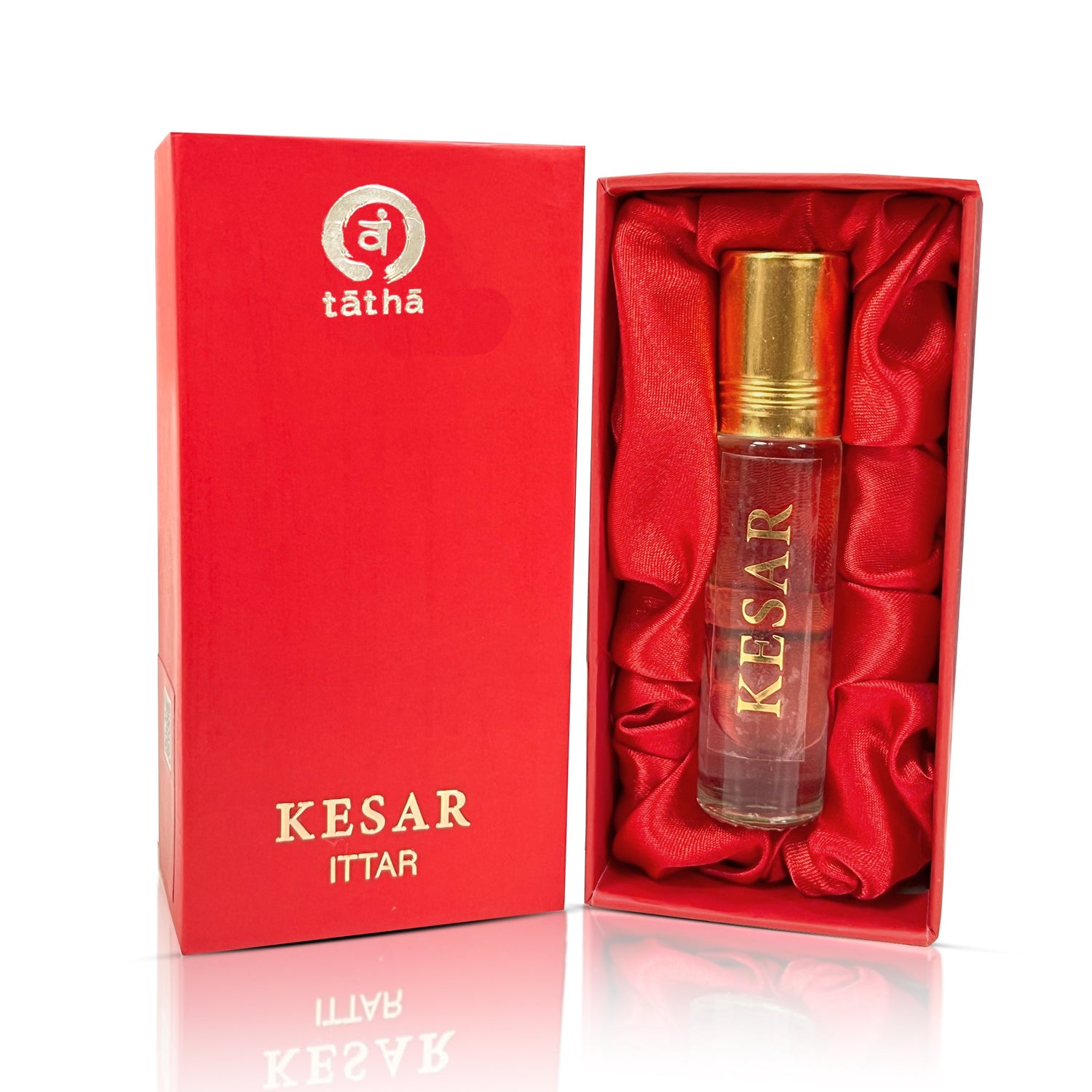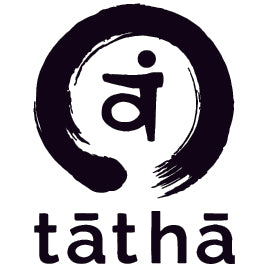This night cream feels pure luxury — I wake up with deeply nourished, glowing, and healthy-looking skin.
The best night cream I have ever tried. The texture is soo good and you can see visible impacts with in a week.
It feels rich yet lightweight, absorbs beautifully, and leaves my skin soft and refreshed by morning. I’ve noticed better hydration and a healthy glow.
I have been using it for last 2 weeks and I am seeing improvement in my skin. Like it's glowing more and aslo it's helping in my sleep.
Strong at first but settles beautifully after a few minutes. The staying power is incredible. Great for evening wear.
Loved this Amber Attar! The scent is warm, smooth, and very comforting. It lasts for hours and feels premium without being too strong. Totally worth the price.
It’s alcohol free and natural.......so it feels smooth on skin and often lasts much longer than regular perfume
i like the smell of sandalwood and i was searching for a real sandalwood fragrance but all i got was artificial smell......but this time i found the best ....there is no artificial note just a pure sandalwood and also long lasting.
A natural sandalwood aroma that feels warm and grounding. Excellent quality from Tatha.
Amber Attar is warm, long-lasting, and beautifully balanced. Truly one of the best.

